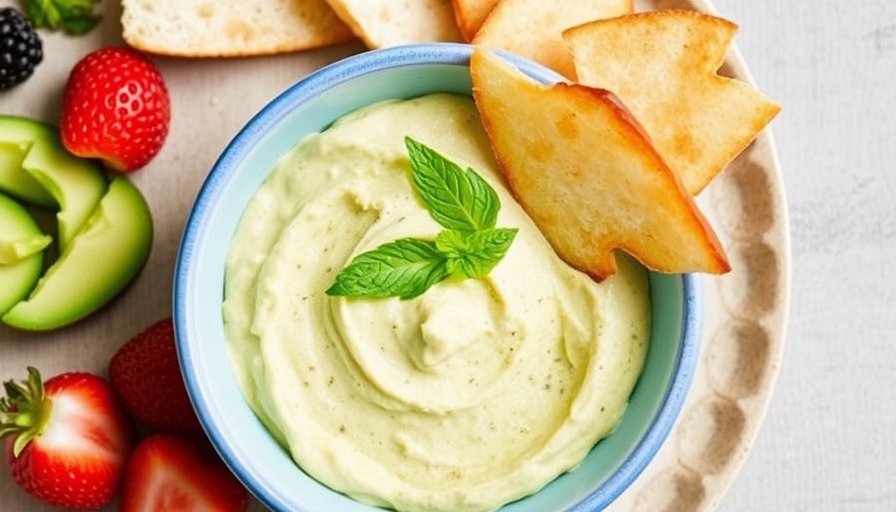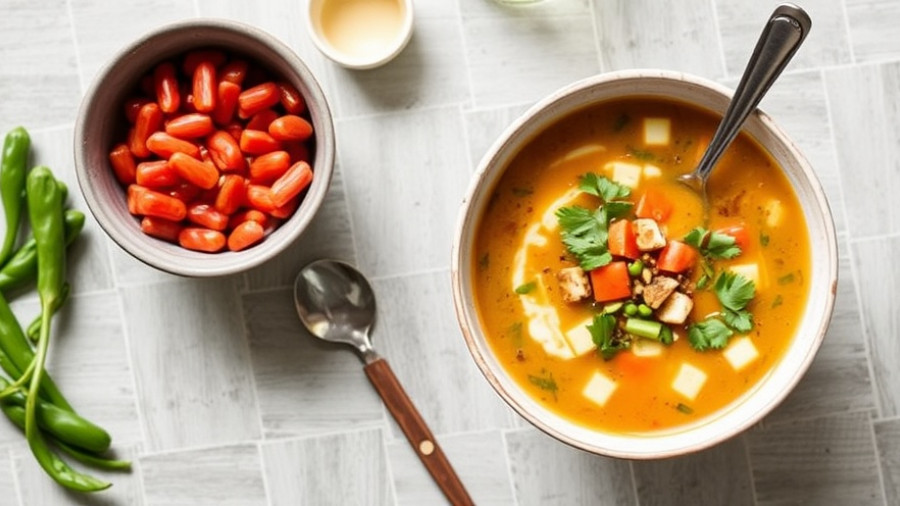
Savor the Summer: Healthy Dips That Steal the Show
As summer days beckon gatherings on the patio, transforming your party table needs creativity and health-savvy choices. It's time to rethink how dips can elevate your entertaining game. No longer relegated to chip companions, dips can be wholesome, vibrant culinary stars that impress guests while catering to health-conscious appetites.
The Wholesome Base: Ingredients that Shine
The heart of a great dip lies in its ingredients. Opt for bases rich in nutrients like avocados, beans, Greek yogurt, and vibrant fruits or vegetables. For example, guacamole combines creamy avocados with zesty lime, offering both flavor and health benefits.
Maximize Nutrition with Colorful Dippers
Elevate your dips further by pairing them with colorful, nutrient-rich dippers such as carrot sticks, cucumber slices, or whole-grain pita. Not only do these options provide a delightful crunch, but they also boost the nutritional impact of your snacking experience, making it a great choice for families looking to enjoy a healthy lifestyle.
Popular Healthy Dip Ideas
Ready to enhance your summer soirees? Consider these irresistible dips: 1. Classic Guacamole: Avocado, lime, and cilantro come together to create this crowd favorite. 2. Greek Yogurt Dip: Perfect with herbs and spices, this dip complements veggies beautifully. 3. Hummus: Made from blended chickpeas, tahini, and garlic, it's protein-packed and delicious.
Final Thoughts: Investing in Healthier Choices
As gatherings become more frequent in the warmer months, prioritizing health doesn't have to be dull. By incorporating these fresh, colorful dips into your summer spread, you're not only feeding appetites but also nourishing bodies. Let's make healthy fun!
 Add Row
Add Row  Add
Add 




Write A Comment